hackberry tree leaves dying
24 30 m tall when mature. There are yellow discolorations on upper leaf surface above the nipple galls.
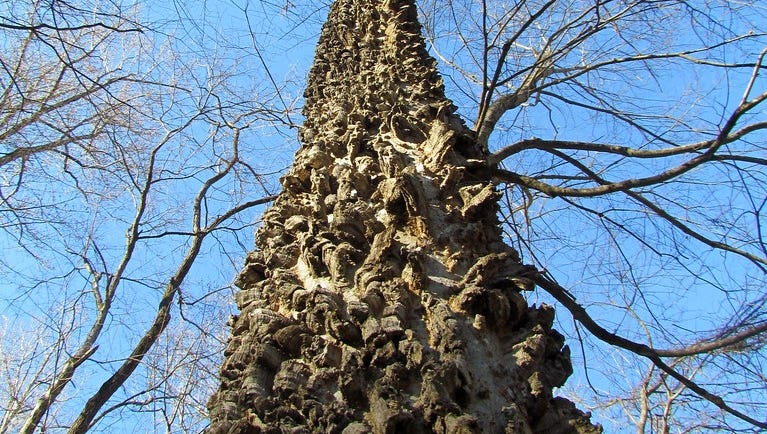
Hackberry Trees Are Under Attack
The most popular theory is that cold spring temperatures may have damaged the leaf buds or newly developing leaves causing the leaf drop.

. When the eggs hatch the insects feed by sucking on the sap of the leaves which is why the leaves are yellow. Hackberry nipple gallPachypsylla celtidismamma. If you have problems with hackberry leaf drop give us a call.
Also known as American hackberry common hackberry Celtis occidentalis is a fast-growing member of the elm family. Lace bugs are sap feeding insects commonly found on the leaves of shade and ornamental trees in Iowa. Wood decay may cause problems for hackberry trees.
Leaves failed to develop normally so the leaves are ragged or uneven in appearance with small irregular strips of. This could be caused by drought or heat stress girdling roots or a number of other stresses. Circular nipple-like swellings that project from the undersides.
Lace bugs are sap feeding insects commonly found on the leaves of shade and ornamental trees in Iowa. 15 21 m tall and 30 to 80 ft. The hackberry is also known for its distinctive bark surface which has a corky texture with warts at the base and is often described as stucco-like.
18th to 316th long. While galls may be unsightly they do not cause serious harm to trees. No callers this year have made a sample submission.
The aphids infest the lower sides of leaves in large numbers creating small globs of fuzzy mass. Characteristics of the Hackberry Tree Identification. They will come back in full leaf next spring.
Garden carefully around these trees as the smallest mechanical injury creates an entry point for the fungi that lead to wood decay diseases. They look like they are dying but they are not. The foliage of trees infected with armillaria mellea starts to discolor and drop prematurely.
The symptoms appear to have followed this progression. One suspect is root rot. The tree diseases growth is often a popular site for woodpecker feeding as the bird is harvesting the beetles in the bark.
A healthy tree can withstand a complete defoliation. The browning of the hackberry Celtis occidentalis leaves is probably due to lace bugs. A very common pest of the Hackberry is the Hackberry Leaf Gall Psyllid.
The leaves dried out turned brown and then dropped. Treatment is not really recommended. In the past few weeks the Plant Clinic has received several calls about hackberry trees dropping their leaves.
If you are seeing this on your Hackberry trees they arent dying. You can see the eggs of the psyllids in your picture. Contact chemical burn was suspect as was cold injury when leaves were in the bud.
In past years affected hackberries quickly developed new leaves and recovered completely. The small 2 to 6 inch long green stems of new growth fell as well. Another name for Celtis laevigata is southern hackberry.
We may see some new leaves form this year if we get some rain and cooler weather. Adult lace bugs have attractive wings that are beautifully sculptured with an intricate pattern of veins resembling. 50 to 70 feet.
Hackberries are widely distributed in the eastern United States from the southern New England states all the way south to Mississippi. It is first seen as a trees leaves wilt and turn brown. This tree can even be found in Wyoming and parts of Canada.
In the fall months the leaves will turn into a bland yellowish color before falling off. Affected trees developed healthy new leaves. Early leaf drop is a general sign of tree stress.
Also called the sugar hackberry the sugarberry tree is a native medium-sized tree with pointed leaves small clusters of greenish flowers and reddish-purple edible fruit. The insects feed on the sap from the leaves and secrete sticky honeydew that in turn encourages the growth of black sooty fungus on infested tree areas. Trees most commonly affected are hackberry sycamore and oak.
They are broad crowned and often have an erratic shape. These trees can grow up to the height of 60 feet and have a spread of around the same. The foliage of the common hackberry is asymmetrical rough and dull green in.
Sugarberry trees grow between 50 and 70 ft. Its attractive serrated leaves range from dull green to glossy and have unequal bases and tapered ends. The tiny winged bugs are probably hackberry lace bugs.
The sad truth is that most of the large hackberries are dying and it is happening at a rapid pace. Its likely the loss of leaves in spring is temporary. Trees most commonly affected are hackberry sycamore and oak.
If the majority of leaves look green and healthy then your tree will still be able to photosynthesize and if it is generally healthy should recover with good tree care practices. Preventive insecticide treatments are seldom warranted. Two common root pathogens Ganoderma and Armillaria may infect hackberry.
Adults are light brown with flecks of creamish-white and look like miniature cicadas. An EAB-infected tree has a thin or dying crown and erratic growth along the trees trunk. Premature leaf drop can occur during heavy infestations.
My five-year-old redbud tree is not leafing out this spring. The sad truth is that most of the large hackberries are dying and it is happening at a rapid pace. This is where the beetle exited the tree.
10 24 m wide.
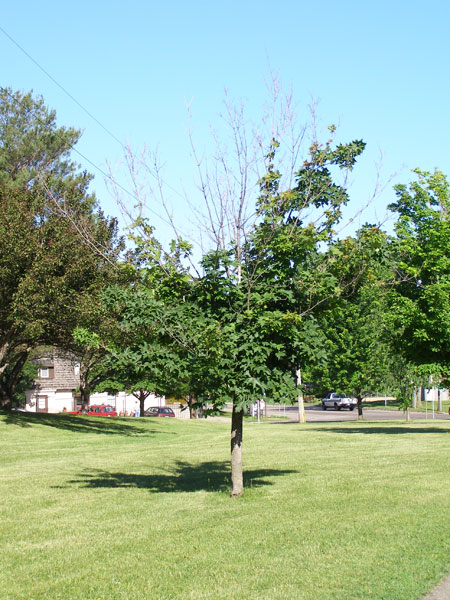
What S Wrong With My Plant Garden University Of Minnesota Extension

Pull It Or Plant It Hackberry Lady Bird Johnson Wildflower Center

What S Wrong With My Plant Garden University Of Minnesota Extension
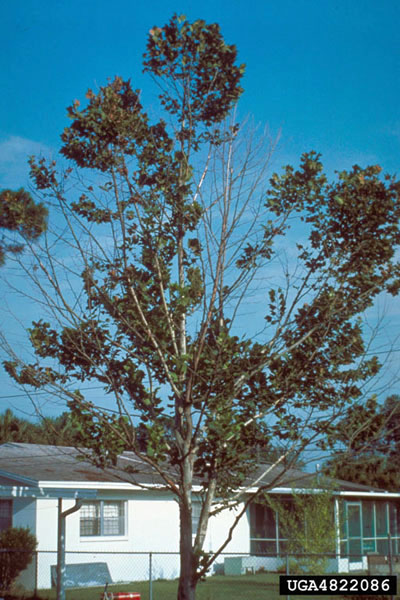
What S Wrong With My Plant Garden University Of Minnesota Extension

Diagnose Tree Disease Hackberry Tree Trees To Plant Tree Care

Is My Tree Dying Or Dead Davey Blog

Ui Extension Hackberry Tree Health Youtube

What S Wrong With My Plant Garden University Of Minnesota Extension

Here S How To Spot A Potentially Treacherous Tree The Boston Globe

Celtis Occidentalis American Hackberry Beaverwood Common Hackberry False Elm Hackberry Nettle Tree Northern Hackberry North Carolina Extension Gardener Plant Toolbox
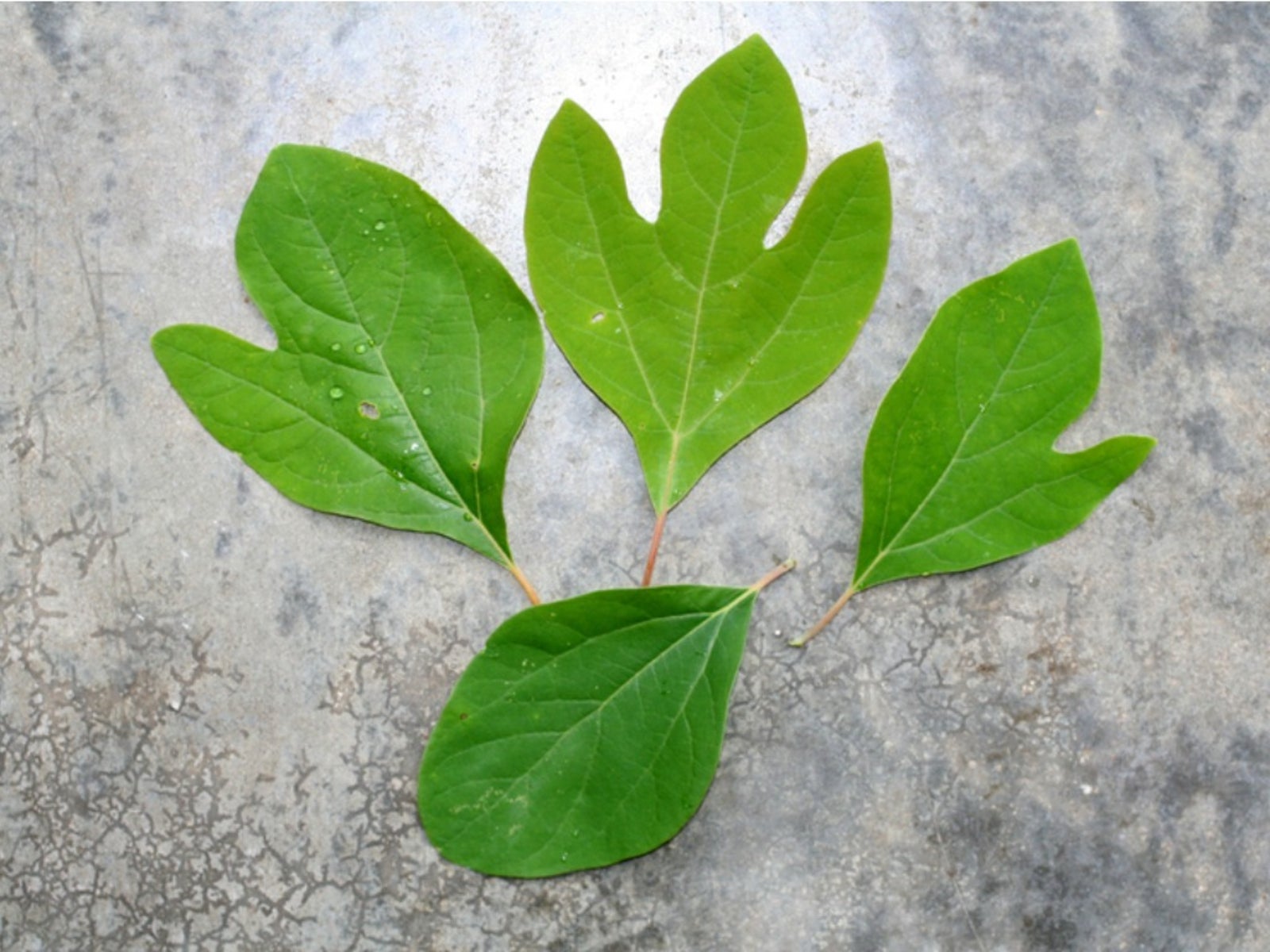
Sassafras Tree Care Tips For Growing Sassafras Trees
/blue-ash-plant-profile-5074186-hero-e08a5f3211ed420ab51b1dd2e4145d05.jpg)
How To Grow And Care For Blue Ash
Celtis Occidentalis Hackberry Minnesota Wildflowers

Celtis Australis Nettle Tree European Hackberry Pfaf Plant Database

Common Hackberry Umn Extension
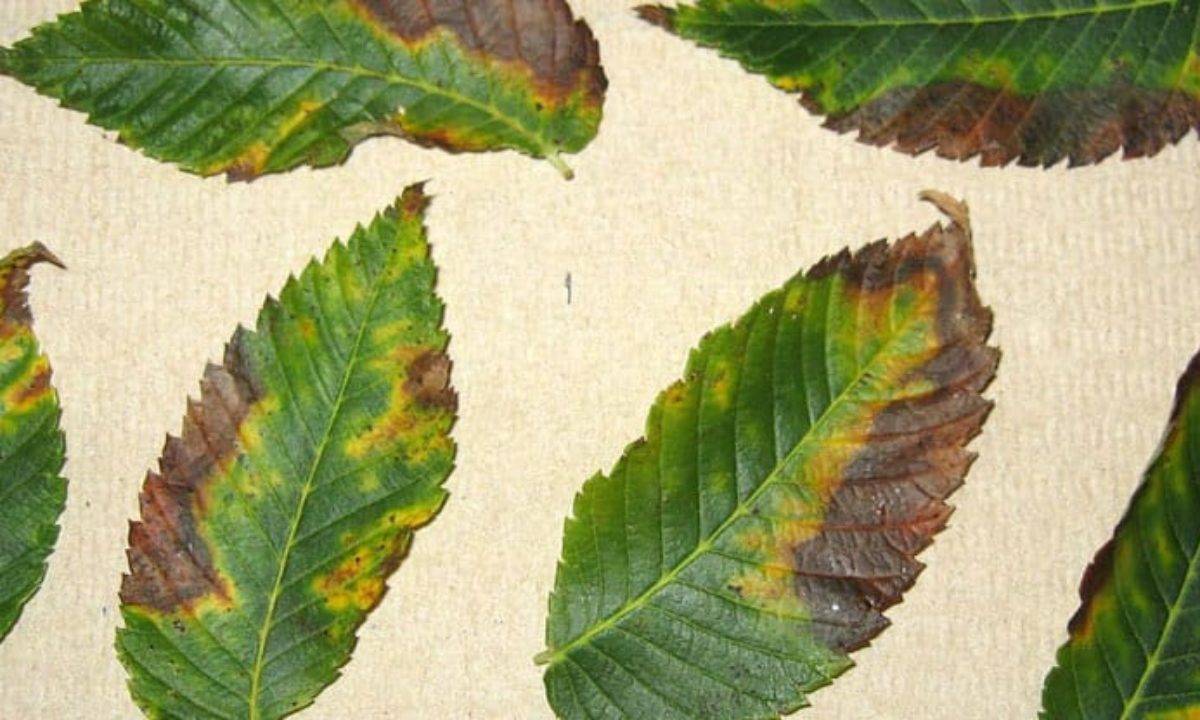
Brown Dying Or Scorched Tree Leaves Bacterial Leaf Scorch Faqs Organic Plant Care Llc Flemington Nj
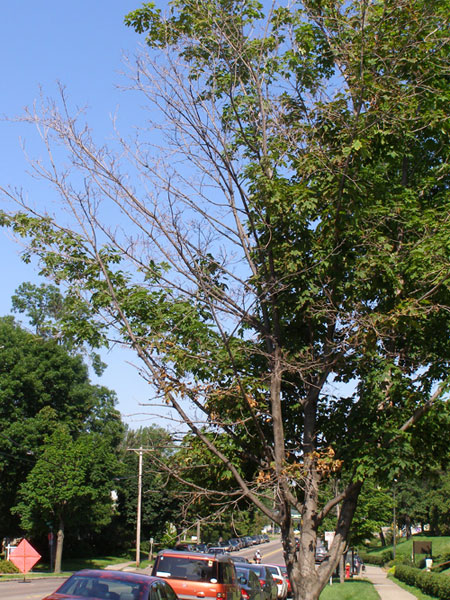
What S Wrong With My Plant Garden University Of Minnesota Extension
:max_bytes(150000):strip_icc()/crab-apple-fruit-tree-rust-d0c0b053-01cd80cdad534ca18eb4c9e0a9a0b247.jpg)
